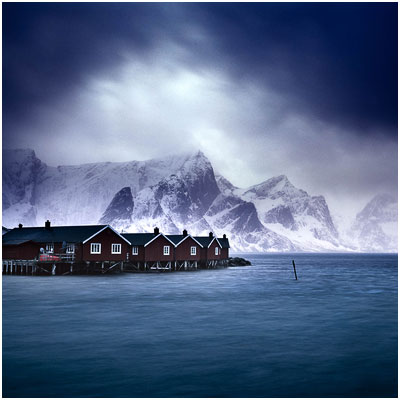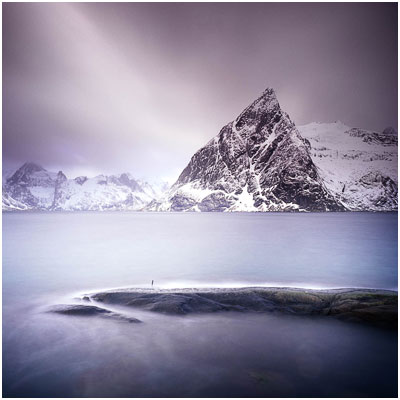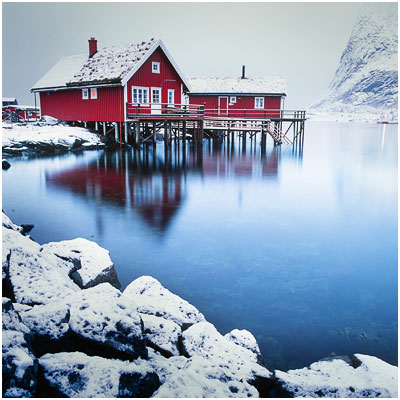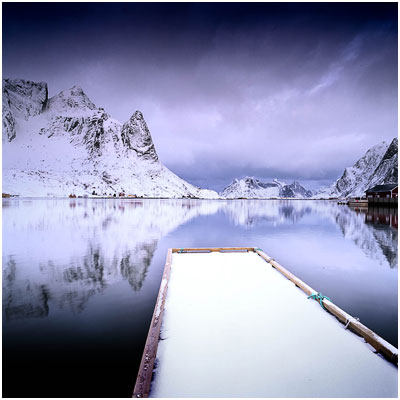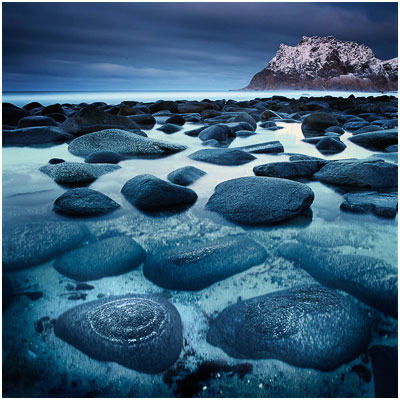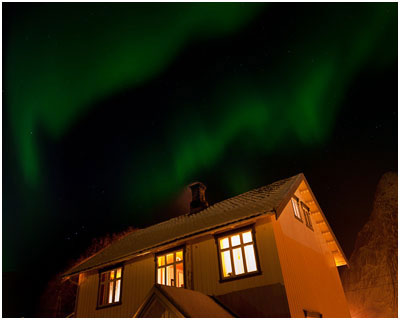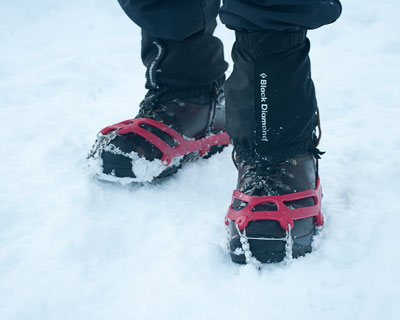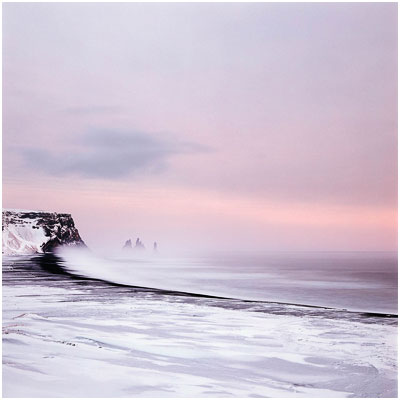Today I just registered with Nielsen's (the ISBN people here in the UK), my second book. Here is a mock-up of the slip case cover for the book.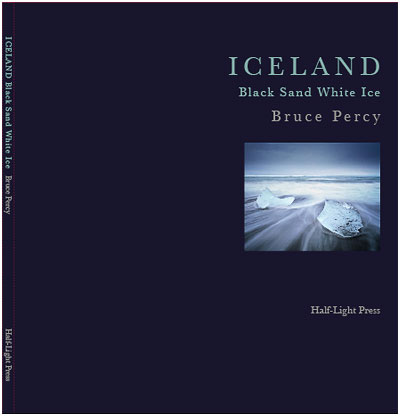 I stress that it's a mock up, because I'm scheduled to go down to Nottingham to see my friend Darren Ciolli-Leach (who should really have a web site for his work), who is a graphic artist. Darren helped me put my first book together in Quark Express. It was a very enlightening experience for me to watch him do things very quickly, and his input was invaluable regarding layout, typeface and overall presentation. So I'm sure there will be some changes to the look and layout of the book once I've spent time with him (and his terrific two little boys), in April.
I stress that it's a mock up, because I'm scheduled to go down to Nottingham to see my friend Darren Ciolli-Leach (who should really have a web site for his work), who is a graphic artist. Darren helped me put my first book together in Quark Express. It was a very enlightening experience for me to watch him do things very quickly, and his input was invaluable regarding layout, typeface and overall presentation. So I'm sure there will be some changes to the look and layout of the book once I've spent time with him (and his terrific two little boys), in April.
But I'm pleased to let you know that this book is similar in size to the first one, will come with a slip-case to protect the actual book. The slipcase will have a photo on it, just like the mock up you see above. The actual book will be 60 pages in total.

I'm not going to give you any more detail about the contents just yet, as it's quite different from my first book. But suffice to say that there is text in there, but it's more of a photographic journey diary than the first book.
On the subject of making books, and the finances involved in putting them together, If you knew how much it costs to put something of this quality together, you might have a mild heart attack. But the process of seeing your own work beautifully presented is such a nice thing to do. Books, in short, do not make money, but they are a very beautiful way to present what it is that you do. So if you've ever considered it, be aware that you won't get rich, but the project itself is a great way to give some closure to a particular project or perhaps make you see that you had the material for a 'theme' all along.
The first book has sold really well. We were able to recoup the costs of the book within six weeks of publication, which was a complete surprise to me, as we originally thought it might take around two to three years to do that. Sales are really steady at the moment and I think we're on target to sell out the entire edition in a year or two (my original plan was to try to sell out the edition over three years). Time will tell.
Anyway, the reason why I tell you all this, is that I felt that doing a 2nd book would only be a viable option if we'd had good success with the first one. As it turns out, that's just what's happened, so I'm really excited to tell you about the plans for this one.
Of course, things can change quite dramatically between now and the end of the year, but at the moment, everything is pointing towards a November release.
For the preface, I have someone very special in mind, but they're proving rather difficult to track down just now!
I will keep you posted.

